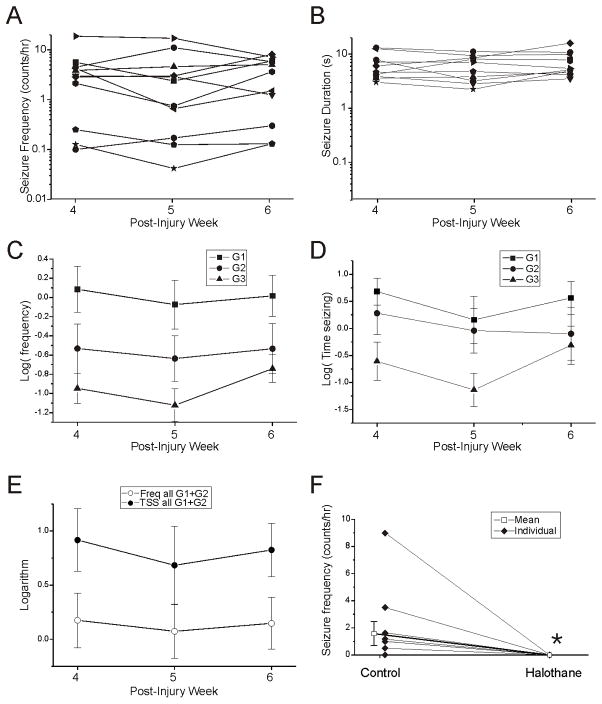Figure 3. Properties of untreated rpFPI-induced PTE 4–6 weeks after injury.
A) Plots of mean seizure frequencies in individual rats determined during post-injury weeks 4, 5 and 6. Note the rat-to-rat variability in seizure frequency is about two orders of magnitude larger than the measurement-to-measurement variability in each rat. B) Plots of mean seizure durations in individual rats determined at 4, 5 and 6 weeks post-injury. Note that the rat-to-rat variability in seizure duration is about two orders of magnitude smaller than the variability in seizure frequency. Data in A–B are on a logarithmic scale. C) Mean logarithms of frequencies of G1, G2 and G3 seizures (N=11). D) Mean logarithms of time spent seizing plotted for G1, G2 and G3 events (N=11). E) Mean frequencies (Freq) and times spent in neocortical (G1+G2) seizures (TSS) during post-injury weeks 4, 5 and 6 (N=11). A–E) Note the stability of PTE over the three weeks examined post-injury. F) Halothane completely abolished seizure activity in epileptic rats. While all animals were epileptic (N=11), 6 animals had seizures during a time-of-day matched reference period, and none seized on halothane. Filled symbols indicate individual rats. Open box indicates the mean seizure frequency determined in a time-of-day matched reference (Control) and halothane recording periods (* p=0.042, N=11, Wilcoxon).

